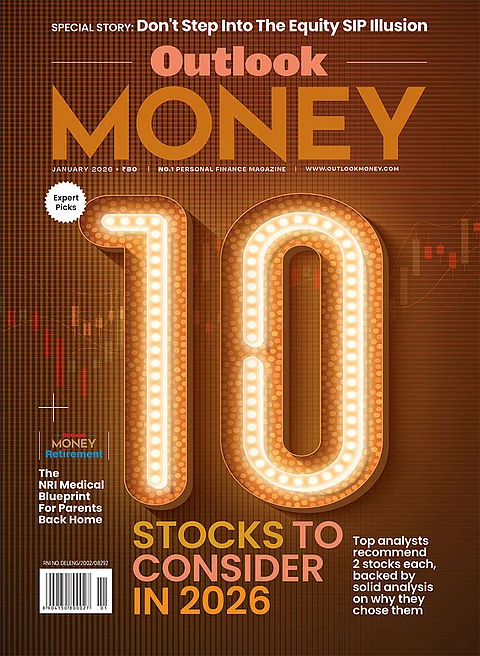The last decade has been a “Goldilocks” period for the equities, propelled by a perfect blend of positive macroeconomic factors. These factors included an environment of easy monetary policy that kept the interest rates low, which benefited the equities in terms of both the returns as well as the volatility. This was further supported by a global landscape, where the geopolitical tensions appeared to have subsided. Consequently, the equity fund categories—from the large-cap to the small-cap, sectoral to the multi-cap funds—all experienced some above-normal returns.
However, over the past year, many of these favourable macroeconomic conditions, such as deflation, de-escalation, and the ultra-loose global interest rates, have started to rapidly fade away. Risks that were once thought to be negligible are now resurfacing once again. This suggests that the investors should be extremely mindful of the business cycles’ risks while allocating their money into the equity markets. If done at the wrong point and time of the business cycle, investing large sums into the funds that have historically delivered strong returns too could result in disappointment.
A typical business cycle consists of four phases viz the growth phase, slump, the recession and the recovery phase, with each phase affecting corporate profits and balance-sheet health differently. For instance, corporate profits peak during the growth phase, often leading to an increased leverage. In contrast, earnings growth bottoms out at the end of the recession phase, with leverage returning to more comfortable levels as the focus shifts from earnings growth to balance-sheet repair. In the growth phase, both the consumers and the corporations are confident about their future earnings, leading to a higher discretionary spending and increased corporate investment in capacity expansion. As the cycle reverses, consumers cut back on their discretionary spending, and corporations too freeze their capital expenditure plans.
As a result, the portfolio holdings that outperform the market vary across the four different phases of the business cycle. For example, the financials, consumer discretionary, and metal stocks tend to outperform during the growth phase, while the pharmaceuticals, technology and consumer staples excel during the slumps and the recessions.
Business cycle-based mutual funds follow a top-down investment strategy, where macroeconomic indicators guide sectoral allocations. Their portfolios are structured to align with the current phase of the business cycle.
Understanding the business cycle can significantly aid investors in determining their portfolio allocation for each phase. Therefore, it is vital for investors to diversify their portfolios across different themes and remain adaptable to evolving market conditions. With a solid grasp of market cycles, along with discipline and flexibility, investors can effectively navigate market dynamics to achieve their long-term goals and investment objectives.
However, for the average investor, understanding business cycles is often easier said than done. This is why it may be wise to consider allocating funds to business cycle-based mutual funds that proactively adjust their portfolio allocations based on changes in macroeconomic conditions. These funds can swiftly shift sectoral allocations, especially during periods when volatility is expected to rise.
Business cycle mutual funds employ a top-down investment philosophy, meaning that sectoral allocation is driven by macroeconomic factors, with portfolio adjustments closely aligned with business cycle movements. Additionally, these funds invest across various market capitalizations, themes, and sectors. To stay attuned to the business cycle, fund managers monitor a range of macroeconomic indicators, including the current account deficit, industrial production growth, bank credit growth, inflation, corporate capital expenditure intensity, purchasing managers’ index (PMI), and the growth outlook for both developed and developing countries.
Disclaimer: The Views are Personal and not a part of the Outlook Money Editorial Feature













